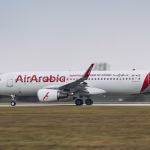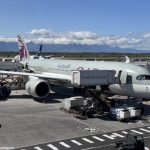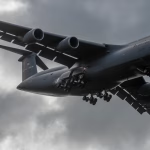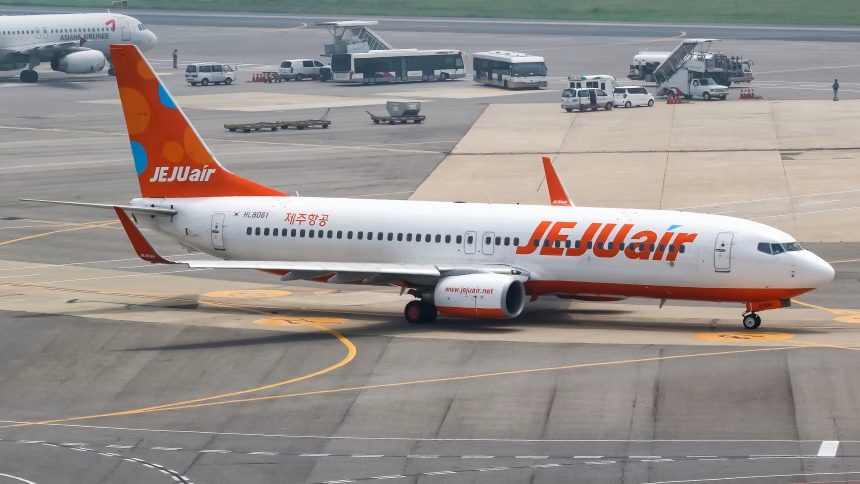Unraveling the Tragedy
The crash has sent shockwaves through the global aviation industry and raised new concerns about **aviation safety standards** in South Korea. According to initial reports, the aircraft encountered difficulties during landing under what some experts have described as poor weather conditions. Emergency response teams were deployed immediately, but unfortunately, many injuries and fatalities were reported, making this a truly devastating event for the country.
Aviation Safety in South Korea: A Challenging History
South Korea has worked tirelessly to improve its aviation safety standards over the past few decades, but this incident casts a shadow over its efforts. While the country now meets the rigorous requirements set by international regulatory bodies, earlier years saw a series of accidents and incidents involving South Korean airlines. Notable examples include:
- The Korean Air Flight 801 crash in 1997, which claimed 228 lives near Guam.
- The Asiana Airlines Flight 214 crash in 2013, which occurred during landing in San Francisco, resulting in several fatalities and injuries.
These incidents spurred policymakers and airlines in South Korea to prioritize *safety reforms*, including rigorous pilot training and stricter maintenance protocols. However, Sunday’s crash of Jeju Airlines raises questions about whether these measures are sufficient in ensuring passenger safety in the long run.
The Industry Responds
In the immediate aftermath of the disaster, South Korea’s Ministry of Land, Infrastructure, and Transport has announced the launch of a full-scale investigation into the crash. Authorities have pledged transparency and collaboration with international aviation experts to determine the cause of the accident. Meanwhile, **Jeju Airlines**, one of South Korea’s largest low-cost carriers, has suspended flights at Muan International Airport until further notice.
Additionally, this incident is sparking broader discussions within the aviation sector about the vulnerabilities of budget airlines, which often operate on thin margins and tight schedules. Questions are being raised about whether cost-cutting measures may unintentionally compromise safety standards.
A Somber Day for South Korea and Aviation
As investigations continue, families of victims, aviation enthusiasts, and ordinary citizens alike mourn the lives lost in what is now being recognized as South Korea’s deadliest aviation disaster. This serves as a grim reminder of the importance of prioritizing **passenger safety** over all else in the aviation industry.
For now, all eyes remain on South Korean authorities and aviation regulators to ensure that lessons are learned and measures are put in place to prevent such tragedies in the future.
For more details on this incident and South Korea’s aviation safety record, visit the original source at Simple Flying.
Our thoughts go out to the victims and their families during this incredibly difficult time.





